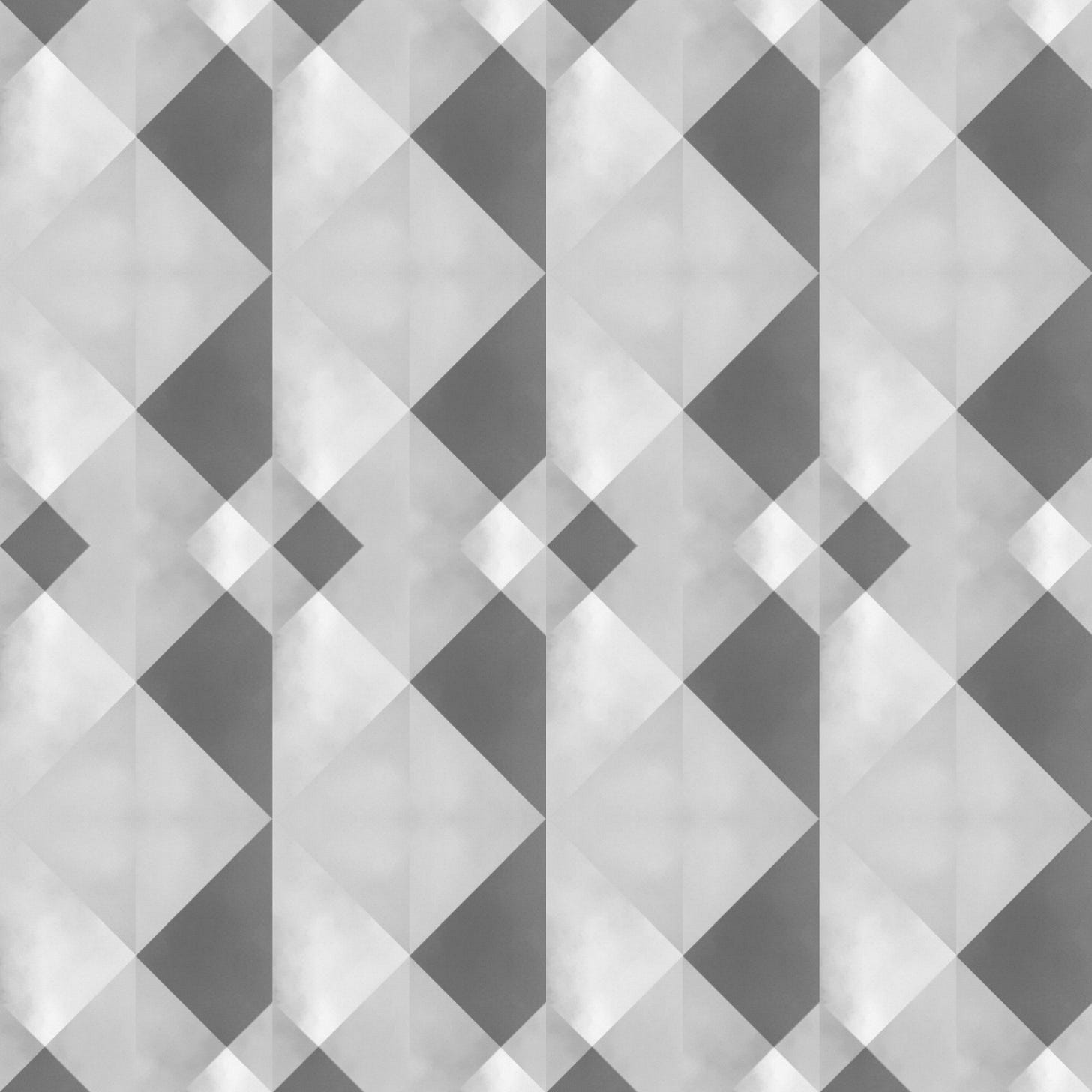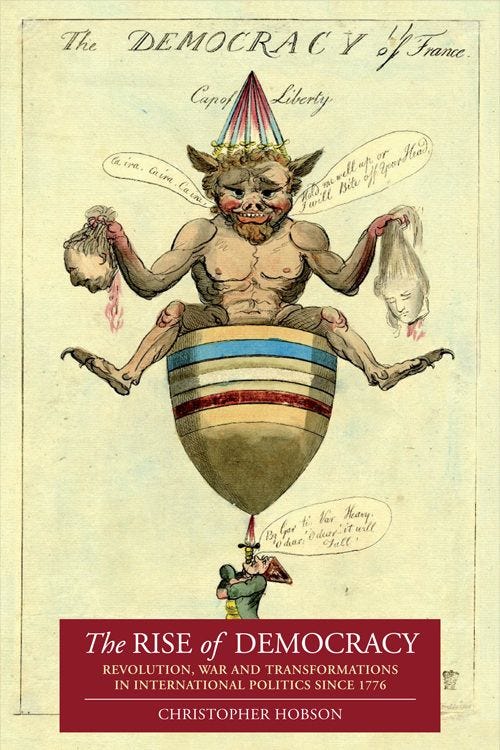Gray democracy
Humble virtues
Despite having done a lot of research on democracy, I have not written much about it here. Given that we are reaching the climax of a big year of elections, I thought it would be useful to share some of my conclusions on democracy and its enduring value.
To understand what an existential crisis for modern democracy looks like, we should turn to early 1941. At that time, Hitler’s Germany and Stalin’s USSR controlled most of Europe, Japan was waging a brutal imperial war across Asia, the United States still remained on the sidelines of the conflict, and only a handful of democracies were left in the world. The future looked fascist and communist, democracy appeared weak, indecisive and incapable of rising to the challenge. Yet it did. Even if the final outcome had more to do with the force of numbers and the self-destructiveness of the fascists, democracy endured. To say that things now are not as bad as during the Second World War might offer cold comfort, but it does offer perspective.
One of my favourite books on democracy emerged from that pivotal period. It is Reinhold Niebuhr’s, The Children of Light and the Children of Darkness. In it, he outlined a basic but powerful rationale that still rings true:
man’s capacity for justice makes democracy possible; but man’s inclination to injustice makes democracy necessary.
There is a basic insight here: sometimes the value of democracy lies in what it forestalls and prevents. Both in theory and practice, democracy generally avoids the extremes, while imperfectly allowing for self-rule and certain forms of freedom.
When stripped of all the overdone rhetoric, what democracy offers is something much less grand, but of vital importance. It is a human form of rule, even if not always humane. There is a degree of flexibility and give that allows for correction, adaptation and muddling along. As Niebuhr memorably put it, ‘democracy is a method of finding proximate solutions for insoluble problems’.
One does not need to be alt right or alt left to judge that most democracies are currently failing to deliver on their promise. Degraded through a series of interrelated trends including neoliberalisation, financialisation, individualisation, digitalisation, globalisation, there are valid questions about how well most democracies can presently govern. The question is always what a better alternative would be. While it is certainly possible for other forms of rule to provide good governance, the historical record says most of the time this is not what actually happens. Acknowledging all of its flaws and limitations, liberal democracy still offers a workable compromise in which people have a greater degree of freedom and voice than other currently existing alternatives.
The Polish writer Adam Michnik has suggested the appropriate colour of democracy is neither black nor white, but gray. It is the textured shades of gray that captures the ‘mixture of sinfulness, saintliness, and monkey business’ one finds in this form of rule. Conceiving of democracy as gray also reminds us it need not be that exciting, it does not necessarily have to stand out. It is about all the ways that people try to manage their affairs themselves collectively and live together day by day. This will often look pretty ugly and messy, but that is what politics invariably ends up being.
Democracy simultaneously embodies something remarkably inspiring – the ideal of people governing themselves in a manner that promotes freedom, equality and peace – while also suggesting something much more mundane – the flawed reality of popular rule in highly unequal and complex conditions. As Michnik observes, ‘A democratic world is a chronically imperfect one’. It could not be any other way.
Reflecting on ‘what is best and most distinctive about democracy’, Guillermo O’Donnell concludes that it is its ‘intrinsic mix of hope and dissatisfaction, its highlighting of a lack that will never be filled’. It is this sense of lack, this dissatisfaction, which can endow democracy with energy and vigour. Often populists are unable to accept this incompleteness. Yet it is precisely the gaps that define democracy: between the ideal and reality, the people and their representatives, power and accountability. These will never be closed, there will always be more work to do. It is in this interplay between what it is and what it could be that much of democracy’s meaning can be found. Ultimately, it is more accurate to speak of democratisation rather than democracy, insofar as it is an ongoing project, an end that can only ever be reached in approximation. And certainly, it must be admitted that these days there is a lot of work to do.
From the conclusion to my book:
The flaws and limitations of democracy accurately reflect the flaws and limitations of people, but they also reveal their vision and belief, both as individuals and as members of a collective. The lure of fascism and communism may have partly been in their promises of overcoming the frustrations and failings of democracy, but such plans for perfection cannot be squared with the flawed reality of humans. This is what democracy, in all its ugly beauty, represents and conveys.



